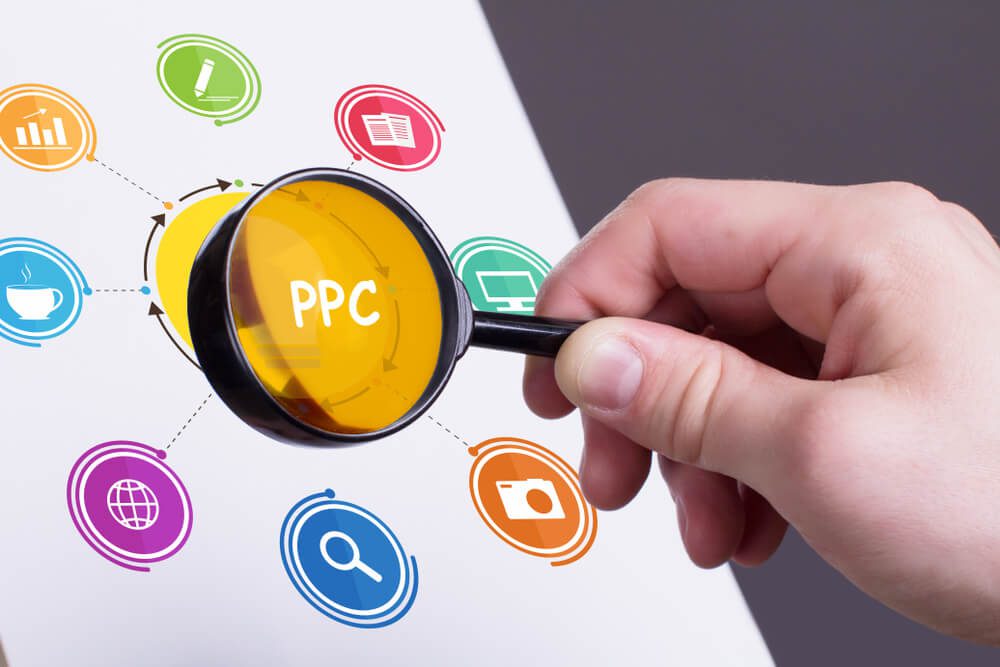
Ensuring PPC Campaign Effectiveness: A How-to Guide
Making money is the goal of any business. Without profit, companies cannot expand, hire more personnel, or develop more products. The primary way businesses make money is through the revenue generated by selling products and services. To make money, you need customers. Attracting customers can be done in many ways, but one of the most effective is pay-per-click advertising.
Pay-per-click (PPC) is an online advertising model in which businesses can display ads on search engines and other websites. When a customer clicks on one of these ads, the business pays a fee to the advertising platform. The fee can be based on a number of factors but is typically based on the amount of money the business is willing to pay for each click.
When it comes to PPC campaign management, there are many factors to keep track of. From your click-through rate (CTR) to your cost per click (CPC), it can be challenging to know what's working and what's not. If you want to figure out how effective your PPC strategy actually is, you'll want to follow our PPC agency top tips on how to measure PPC effectiveness.
Let’s go!
If you want to learn how Digital Authority Partners can increase your PPC effectiveness, watch this video!
Choose the Right Platform to Display Your Ads

The first step in measuring PPC effectiveness is to choose the right platform to display your ads. Different platforms have advantages and disadvantages.
Some of the most popular platforms for displaying PPC ads include:
- Google Ads: A very popular PPC platform, Google Ads offers a variety of features, including the ability to target ads to specific demographics and interests.
- Bing Ads: Bing Ads is another popular PPC platform that offers similar features to Google Ads.
- Facebook Ads: Facebook Ads is a good choice for businesses that want to target their ads to specific demographics.
- Instagram Ads: For businesses that want to target a younger audience, Instagram Ads is a good choice.
- Twitter Ads: Twitter Ads is great for businesses that want to target a specific audience with short, concise ads.
Select Keywords and Headlines That Pop
The next step in measuring PPC effectiveness is to make sure you're targeting the right keywords and headlines. When it comes to PPC, the quality of your keywords and headlines can make a big difference in your results.
Some things to keep in mind when choosing keywords and headlines include:
- Relevance: The keywords and headlines you choose should be relevant to your products or services.
- Search Volume: The keywords and headlines you choose should have a high search volume. This means that people are actually searching for these terms.
- Competition: The keywords and headlines you choose should have low competition. This means that there aren't a lot of other businesses bidding on these terms.
Use Ad-Specific Landing Page

When it comes to PPC, you want to use an ad-specific landing page. A landing page is a specific web page that's designed to convert visitors into customers. When creating an ad-specific landing page, ensure that the page is relevant to the ad and that it includes a call to action.
Some things to keep in mind when creating an ad-specific landing page include:
- Relevance: The landing page should be relevant to the ad.
- Design: The landing page should be well-designed and easy to navigate.
- Call To Action: The landing page should include a call to action, such as "Buy Now" or "Learn More."
Analyze Data
Last but not least, you'll want to make sure you're analyzing the data. This includes everything from your CTR to your CPC. Examining this data will help you see what's working and what's not. You can make changes to your strategy based on this data.
Average Order Value
The average order value (AOV) is a key metric for e-commerce businesses. It measures the average amount that customers spend per order and can be an important indicator of growth. There are a few different ways to calculate AOV, but the most common is to simply take the total revenue from all orders in a given period and divide it by the number of orders. This will give you the average amount spent per order.
However, it's important to note that AOV can vary significantly by business and even by product category. As such, it's important to track AOV over time to get a sense of how your business is performing. Additionally, if you're running promotions or marketing campaigns, it can be helpful to track AOV before and after to see how effective they were.
Conversion Rate

The conversion rate is the percentage of visitors to a website who take the desired action, such as making a purchase. The calculation is simple: divide the number of conversions by the number of visitors, then multiply by 100 to get the percentage. For example, if 100 people visit your website and 10 of them make a purchase, your conversion rate would be 10%.
In general, a high conversion rate is indicative of a successful website, while a low conversion rate could indicate problems such as poor design or a lack of compelling content. By monitoring your conversion rate, you can get an idea of how well your website is performing and make changes accordingly. With a little effort, you can ensure that more visitors to your site take the action you desire.
Summing Up
PPC agencies can help you with every step of your PPC ads, from choosing the right platform to selecting keywords to analyzing data. A good PPC agency will work with you to create a strategy tailored to your business and your goals. They will also be able to help you track your progress and make changes as needed to ensure that your campaigns are as effective as possible.
Digital Authority Partners is an experienced PPC agency that can help you with every step of your campaign. We will work with you to create a customized strategy that fits your needs and budget. Contact us today to learn more about our services and how we can help you grow your business.
Want To Meet Our Expert Team?
Book a meeting directly here




